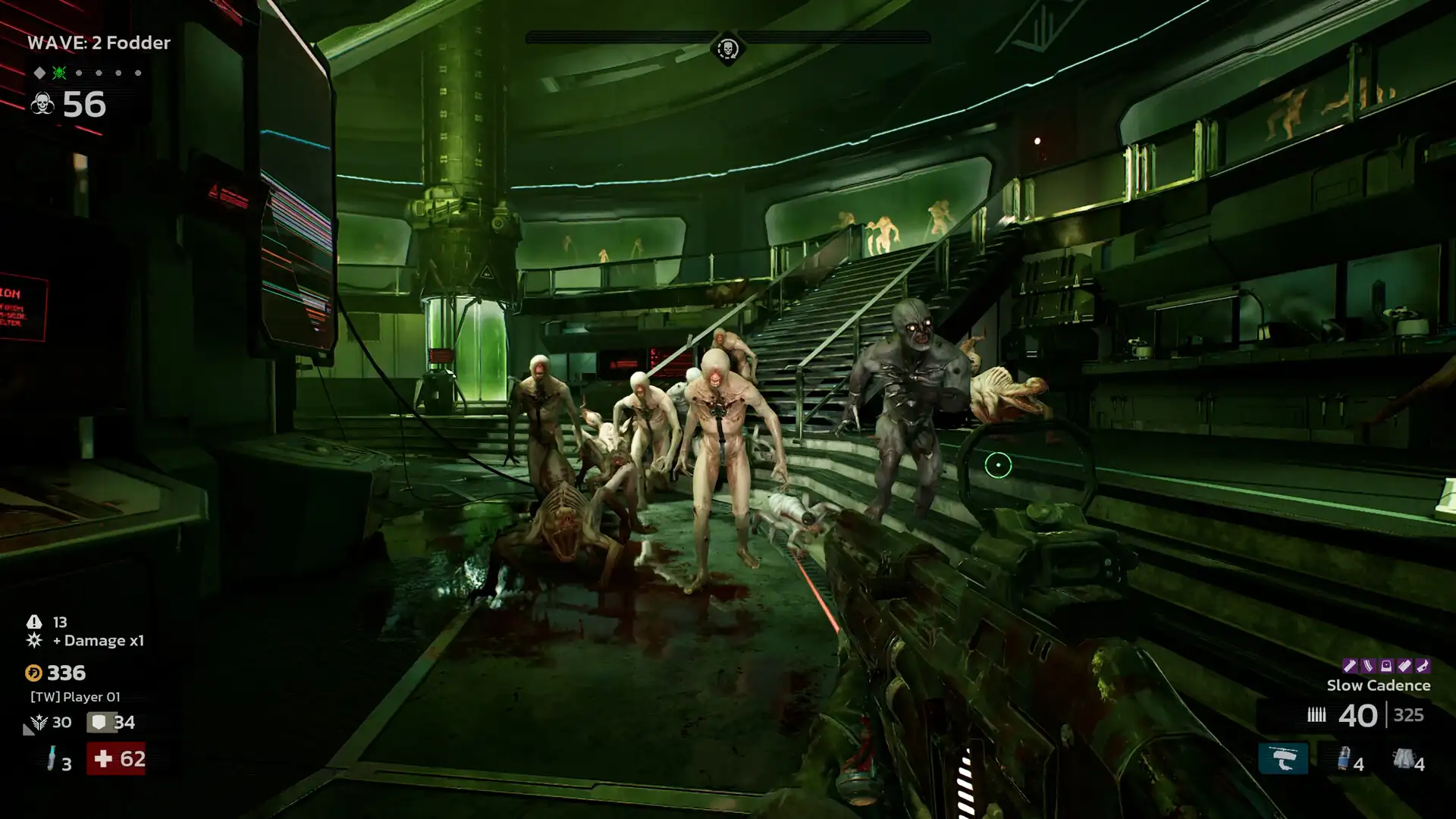After spending a week playing Killing Floor 3 in co-op mode against hordes of mutant clone zombies, players frequently found themselves questioning where the rest of the game was. Although the repetitive hacking and slashing of Zeds provided some initial enjoyment, especially for those familiar with Killing Floor 2, many began to wonder if this was the final release or merely an Early Access version. Whether played online or solo, the game’s unique Survival mode offered a solid and entertaining experience, though it felt more like a straightforward shoot-em-up compared to earlier entries in the series. The available weapons and character classes were enjoyable to use against well-balanced enemies—who posed a real threat in large numbers yet were satisfyingly destructible—but the excitement began to fade quickly once all available content had been explored.
Streamlined Formula with Snappier Gameplay
Killing Floor 3 offers the same gameplay as its predecessors. However, it’s streamlined for a more live service-centered approach. The action is very responsive, with lots of dashing side to side, mantling along surfaces and sprint-to-crouch powerslides. Between waves of enemies, you are still setting up defences and earning currency. Use this currency between battle not just to buy weapons and armours, but also to get more ammo and grenades, and to heal yourself.
At launch, the game has quite limited options, with just six Perks, thirty weapons (plus the knife), thirteen enemy types, eight maps, and three bosses. It is an ideal introduction to newcomers as Killing Floor 2 was filled with content and tactics which might also disappoint the veterans expecting a better tactical game.
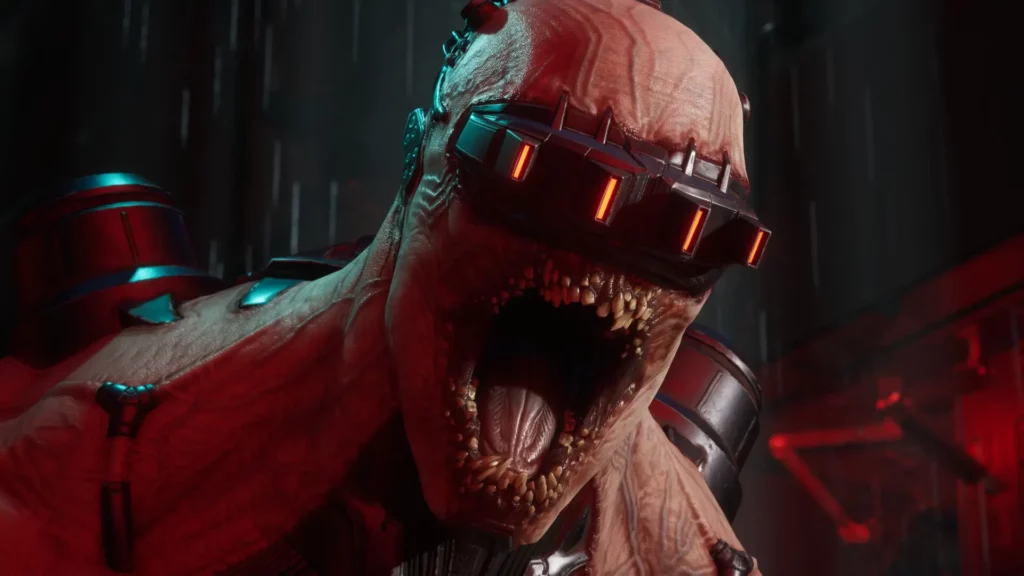
Combat System Keeps Survival Mode Engaging
Though it lacks depth, the single Survival mode is fun because of the game’s excellent combat system. Your goal is simple: in order to successfully beat your opponent, you will have to survive five increasingly fatal Zed waves. One of these waves will feature a boss. This boss could be the Zerg-like Queen Crawler or the rhinoceros-horned Impaler. In bigger groups, these bosses spawn in clusters to balance it out.
With the Engineer’s Krait submachine gun and the Ninja’s Kiba and Shuriken combo, killing foes has plenty of creative options to choose from. Even the basic knife feels like a powerful weapon. To diversify the massacre, tactical considerations are brought in, such as timing Tobu’s shocking Hebi-Ken or the Medic’s team-healing Sanctum. There are also scoring enough headshots to trigger Zed Time (sparkling slow-motion).
The action of provision can be utilized to create interesting interactions between classes in a simple manner. For example, if the Sharpshooter uses her Cryo Grenade to freeze the enemies, the Ninja can easily slash them with his sword.
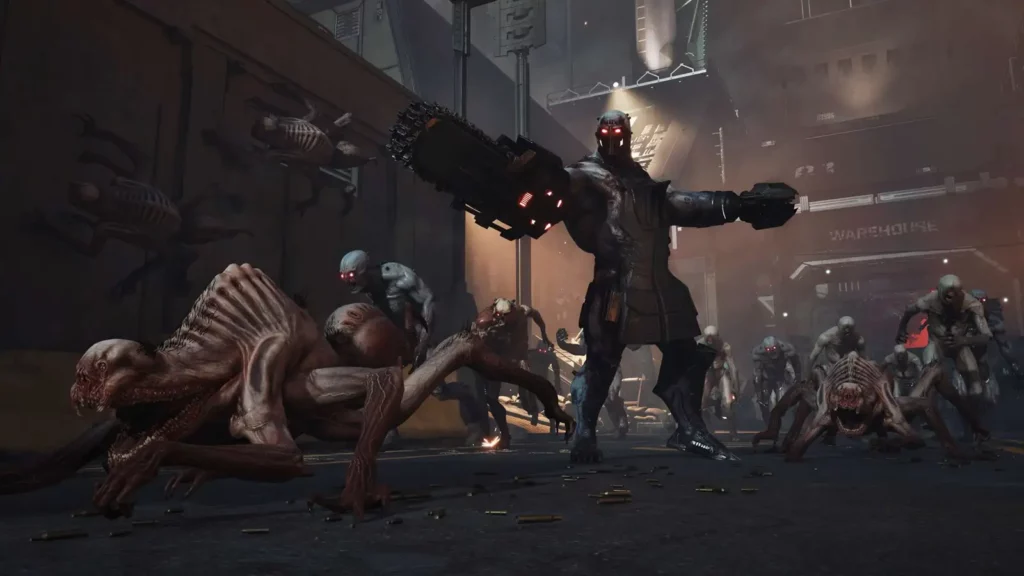
Improved Enemies and Environments
Killing Floor 3 features 13 monster types that are more believable and fun to fight against. With better physics they react more realistically to attacks, leaving behind pools of gore and environmental destruction. Although they die fast enough to make the player feel powerful, the challenge comes mainly from resource management, balancing ammo, health, grenades, and special abilities, and not letting them swarm you.
In this game, the Acid-spewing Bloats, sonic boom-launching Sirens, as well as the scrake sub-boss return. They are all augmented with heavy mechanical armour and deadly chainsaw-grappling hooks. Get ready for blood effects that flow across your screen that would make Final Fantasy X’s water effects look modest by comparison.
The eight maps all provide different layouts and nice designs. However, the difference lies mainly in their respective tactical advantages. Convoy, for example, benefits from generous turret placements, while R&D Lab’s multiple floors and zip lines allow for easy escapes. In radar station, a misty forest under the glow of the full moon in central Washington features prominently.
Challenging Difficulty Options
In addition to Normal difficulty, there are two harder variants to further test your reflexes and tactical knowledge of class, weapon, and monster mechanics. With the Weekly Mutation option, players jump into matches where modifiers will be randomised in a way the Zed swarm favours. Authentic challenging experiences occur here and they reward you for your continued play by levelling up your characters and mastering the mechanics.
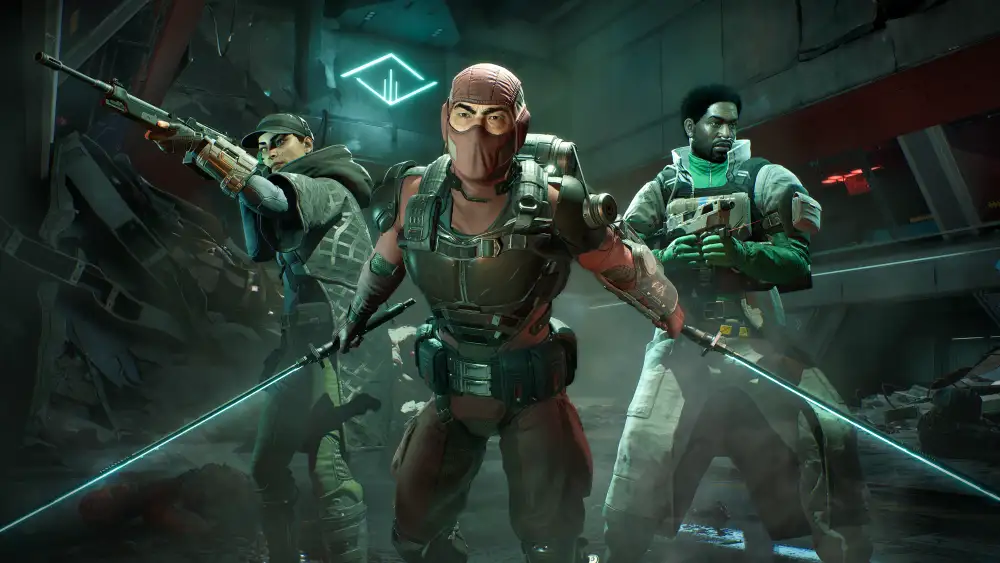
Distinct Character Classes
Each of the six classes has something unique. The Commando, Firebug, Sharpshooter, Ninja, Engineer and Medic all feel useful and unique through meaningful skill progression, special abilities and different grenades. The Commando can wield a versatile range of small arms, Firebug is obsessed with fire, Sharpshooter is good in crowd control, Ninja is for close combat, Engineer is for utility and Medic is with healing dart.
At the start of classes, players receive different trade tools. The Engineer’s Multi-Tool activates objects on the map, such as auto turrets and armour lockers. Meanwhile, the Medic’s Syringe Bag gives players extra self-healing options in the heat of battle.
Improved Progression with Some Drawbacks
The new skill-based progression is much more accessible – it begins at level two, rather than level five and you unlock one new option every two levels. This goes on up to a seemingly arbitrary cap of thirty. There are lots of rapid levelling between sessions to give you plenty of tactical options to customise your characters potentially and push them towards a rough playstyle without changing their role completely.
The Ninja, for example, can be customised to heal through parries while increasing heavy attack damage, encouraging continued use of the starting Kiba weapon. On the other hand, Sharpshooter can be a build that has damage boosts while crouched and freezes enemies.
Class customisation feels more deep than it did before but weapon progression has taken a hit. The tier system is backwards, here. The upgraded starter weapons generally perform better than higher tier gear that is expensive, creating a situation, where half the weapons become worthless. Players can easily get crafting materials from the beginning to craft basic OP weapons. Mid-Game feels pointless.
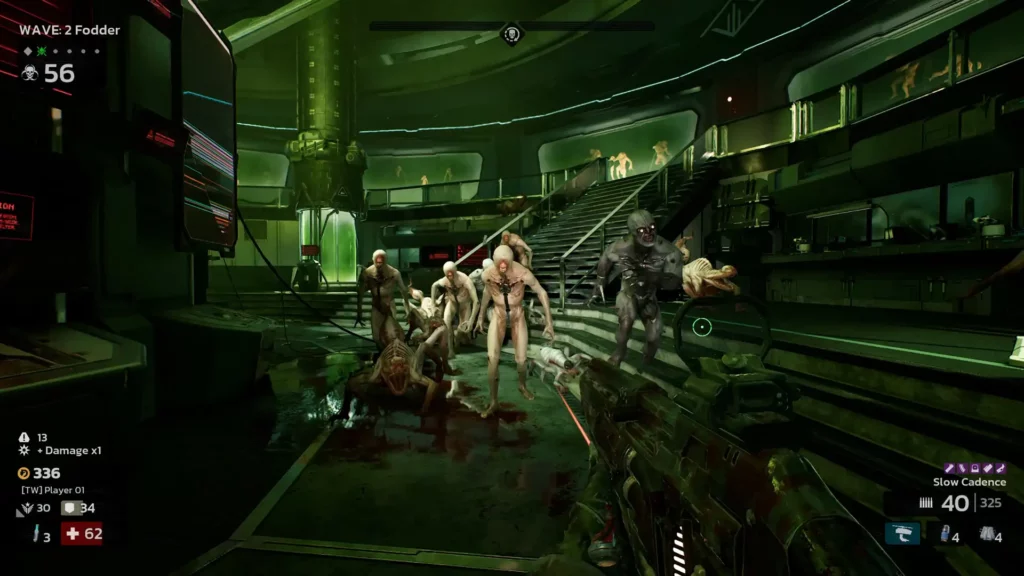
Immersive Hub and Side Missions
After matches, players can relax at the Stronghold hub. This well-designed space lets users change classes and weapons, experiment with gear at the shooting range, change appearances, check the Season Pass, and choose missions. Killing Floor 3’s mission terminal and world map can pull you into their world.
Basic side missions integrated into Survival mode offer additional story elements through objectives like scanning cargo crates, eliminating specific enemies, or covering certain distances. You will earn crafting resources, Battle Pass points, and experience. Players can also destroy surveillance cameras and vending machines to obtain crafting components, which is a nice touch.
While you can easily complete these missions while playing through normal gameplay, they mainly serve to add lore and loot, rather than adding important content. The narrative of Killing Floor 3 is mostly unmemorable, and most of the details are in the Codex. But for a series defined by cheeky, action-heavy gore, this minimalist approach works.
Live Service Elements
Modern multiplayer shooters typically feature live service elements. These games usually allow crossplay. The microtransaction store has rotating cosmetics like the Diablo 4 launch store, which means that they’re mostly forgettable, and only heads and armor skins. For about R90 you can retrieve 500 in-game points. These cosmetics do not provide much variation from one character to another, only mildly annoying but not too detrimental.
A Foundation with Potential
The sequel of Killing Floor 3 is bad but polished and streamlining many aspects of the franchise. However, it just feels incomplete. The co-op shooting is great with different classes and killing the Zeds with friends can be a load of fun as long as it lasts. Unfortunately, the eight maps, six classes, and an awful weapon progression make it seem like a promising Early Access build, rather than the full release of an actual BF title. If the developers of Killing Floor 2, Tripwire, continue to support this product with regular content updates, it could become something great. As of now, it it fun enough to play with friends over a weekend.
